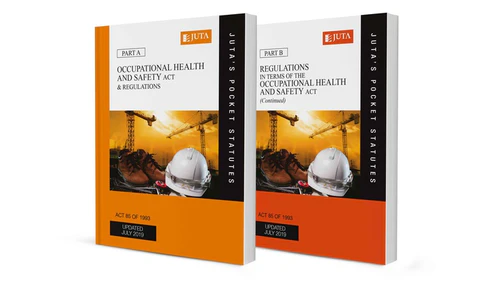What is the Occupational Health and Safety Summary? Occupational health and safety (OHS) is a multidisciplinary field that focuses on the well-being, safety, and health of employees in the workplace. An OHS summary serves as a concise overview of the key principles, practices, and regulations that underpin workplace safety and health management. It acts as a reference guide for employers, employees, and stakeholders to ensure compliance, prevent hazards, and promote a culture of safety.
Core Components of an OHS Summary
An effective occupational health and safety summary includes the following elements:
1. Purpose and Objectives
The primary purpose of OHS is to protect workers from potential hazards in the workplace while ensuring a safe and healthy environment for everyone. The objectives include:
- Preventing accidents and injuries through hazard identification and mitigation.
- Reducing work-related illnesses by addressing health risks such as exposure to harmful substances or stress.
- Promoting compliance with national and international safety standards and regulations.
2. Legal Framework
OHS is governed by various laws and regulations specific to each country or region. In South Africa, for example, the Occupational Health and Safety Act establishes legal requirements for employers and employees to maintain safe working environments. Key highlights of OHS laws include:
- Employer duties to identify and control workplace hazards.
- Employee responsibilities to follow safety protocols and report unsafe conditions.
- Regular inspections and audits by safety regulators to ensure compliance.
3. Risk Assessment and Management
A central aspect of any OHS strategy is the identification and management of workplace hazards. This involves:
- Conducting risk assessments to evaluate potential dangers.
- Implementing control measures to reduce risks to acceptable levels.
- Regularly monitoring and reviewing safety practices to adapt to changing conditions.
4. Health and Safety Programs
Comprehensive health and safety programs are designed to create safer workplaces. These programs often include:
- Training and education for employees on safety protocols and emergency procedures.
- Health monitoring to detect early signs of work-related illnesses.
- Incident reporting systems to investigate and prevent future occurrences.
5. Emergency Preparedness
Preparedness for emergencies such as fires, chemical spills, or natural disasters is a crucial part of OHS. This includes:
- Establishing evacuation plans and emergency response teams.
- Conducting regular drills to ensure readiness.
- Providing the necessary equipment, such as fire extinguishers and first aid kits.
6. Promoting a Safety Culture
Beyond compliance, OHS emphasizes the importance of fostering a culture where safety is a shared responsibility. This involves:
- Encouraging open communication about safety concerns.
- Recognizing and rewarding safe practices among employees.
- Integrating safety into daily operations and decision-making.
Benefits of an OHS Summary
An OHS summary provides several advantages for organizations and individuals:
- Enhanced awareness: It educates employees about their roles in maintaining workplace safety.
- Simplified compliance: Employers can use the summary as a quick guide to ensure adherence to safety laws.
- Proactive hazard management: By summarizing risks and solutions, organizations can take preventative measures effectively.
Conclusion
An occupational health and safety summary is a vital tool for workplaces aiming to maintain high standards of safety and health. By understanding and implementing the principles outlined in an OHS summary, organizations can protect their workforce, improve productivity, and foster a positive, safety-oriented culture.
Investing in occupational health and safety isn’t just about meeting legal requirements—it’s about prioritizing the well-being of people and ensuring a sustainable, accident-free work environment.











